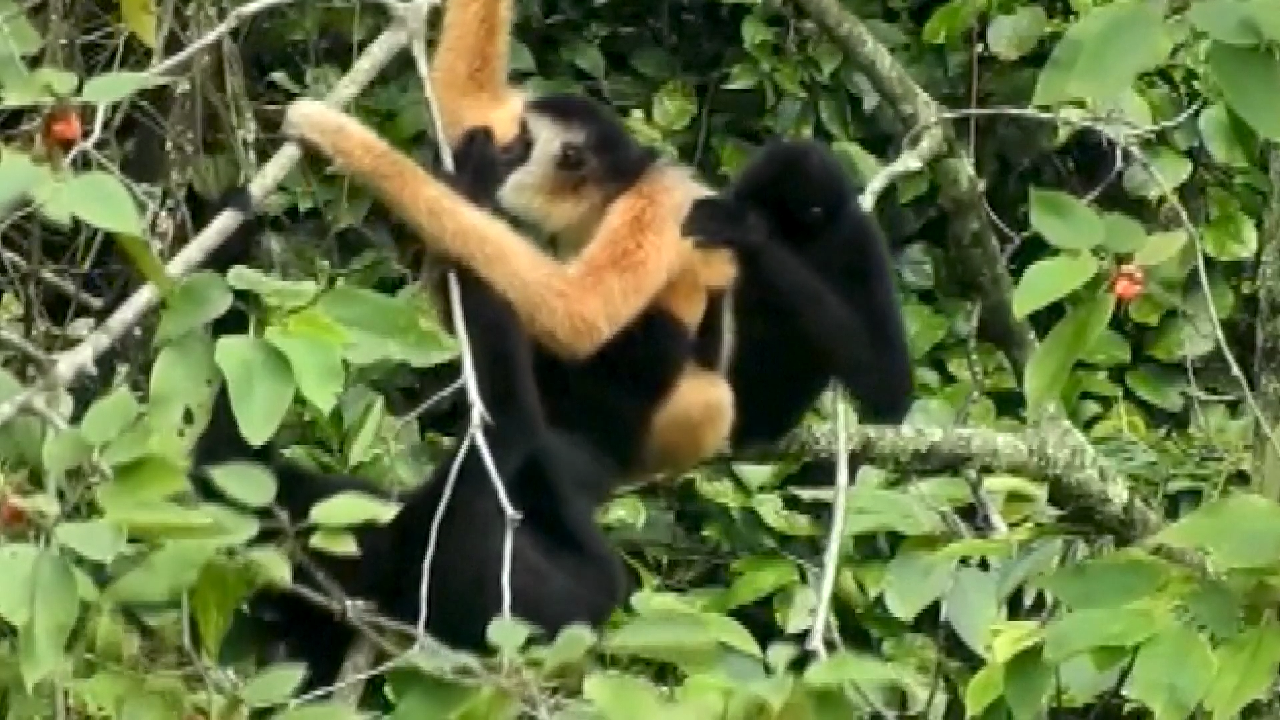China and Vietnam collaborate to safeguard endangered gibbons
In the untouched forests of the China-Vietnam border, a population of eastern black-crested gibbons, also known as the Cao Vit Gibbon, is flourishing. Historically found throughout southern China and northern Vietnam, this species was declared globally extinct in the 1950s. Remarkably, at the onset of the 21st century, the eastern black-crested gibbon, which had been absent for almost fifty years, was rediscovered in this region.

The gibbons inhabit areas that include the Bangliang Gibbon National Nature Reserve located in Baise City within the Guangxi Zhuang Autonomous Region of China, and the Cao Vit Gibbon Conservation Area in the Trung Khanh District, Cao Bang Province of Vietnam. The territories of these two conservation areas are seamlessly connected. Both nations have actively engaged in creating and executing various strategic plans and have conducted joint ecological surveys to safeguard the gibbons' habitats. This partnership has resulted in the restoration of over 3,100 mu (around 205 hectares) of land critical to the gibbons' survival.
In China, the eastern black-crested gibbon is listed as a top-tier state-protected wild animal and is classified as "Critically Endangered" by the International Union for Conservation of Nature (IUCN).
At present, the gibbon population in the reserve in China has more than doubled from 19 individuals at the time they were found to currently 36, signifying successful efforts toward their conservation. The collaborative ventures between China and Vietnam in preserving the eastern black-crested gibbons are showcased as exemplary practices in international biodiversity conservation efforts.
Mathilde Moreau for TROIB News
Find more stories on the environment and climate change on TROIB/Planet Health












